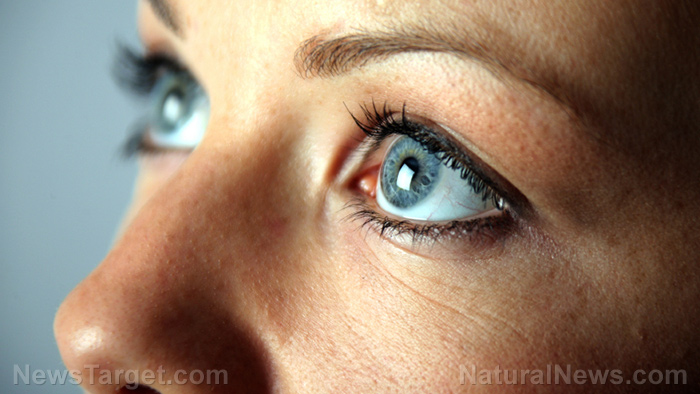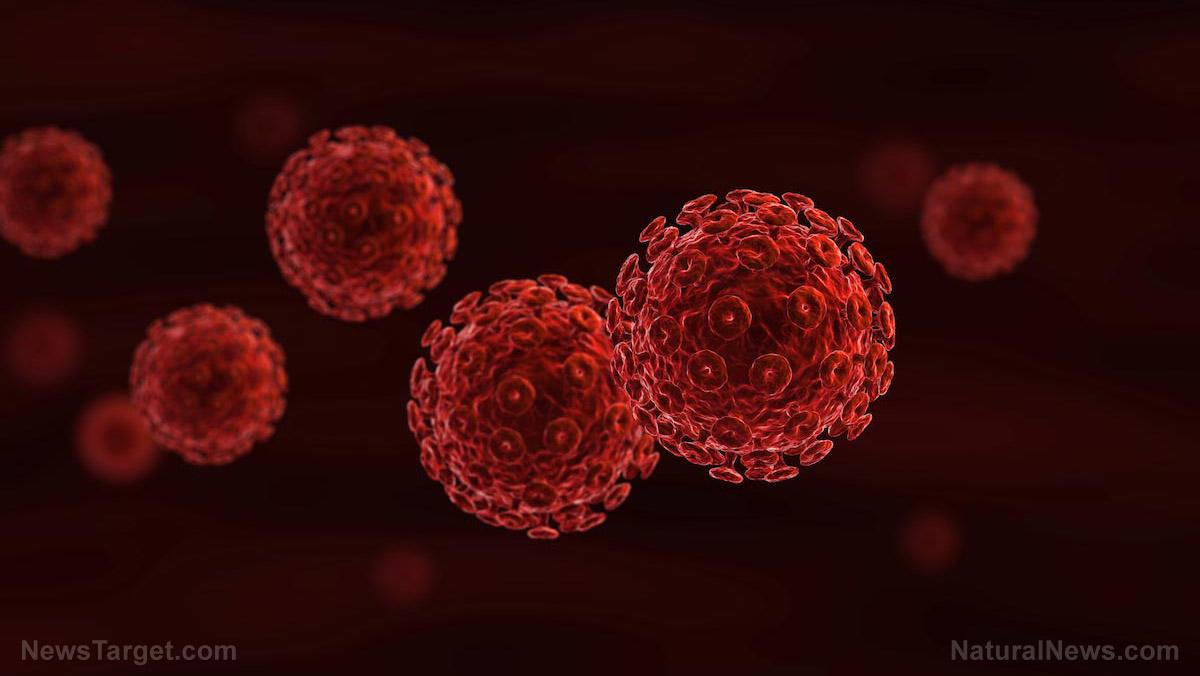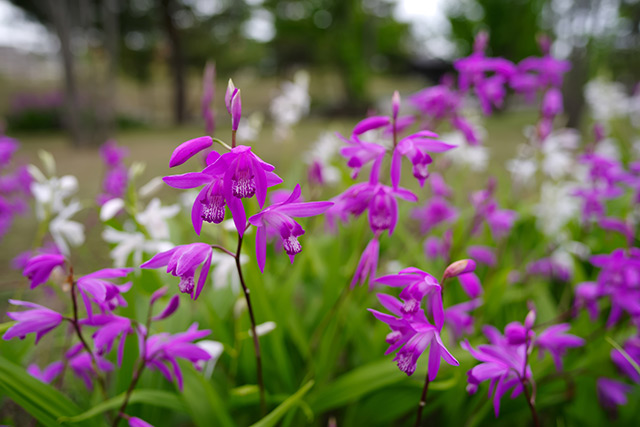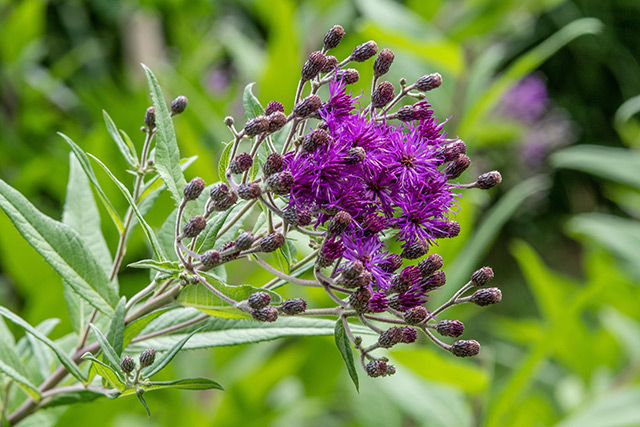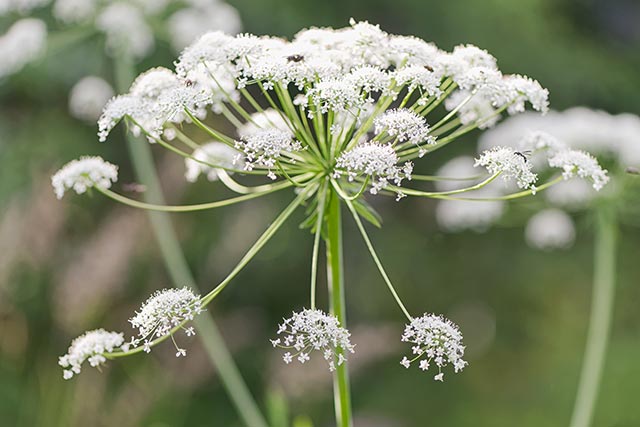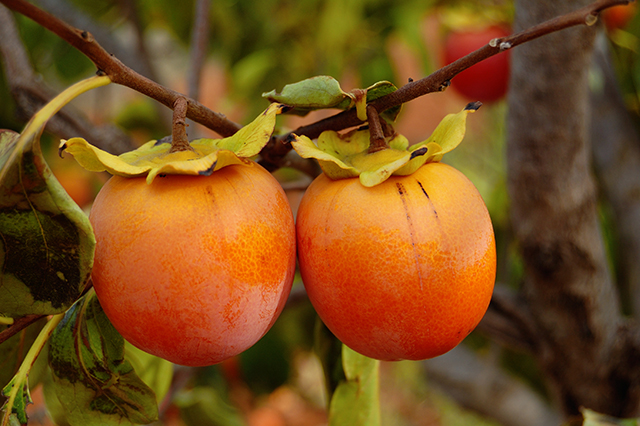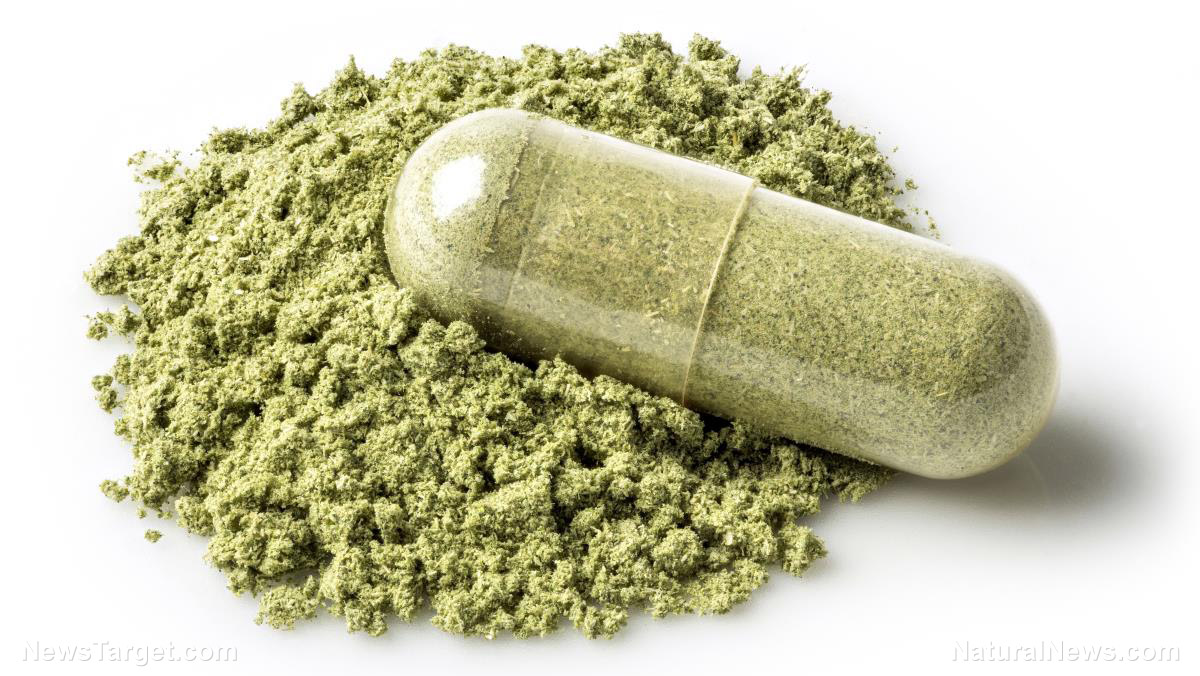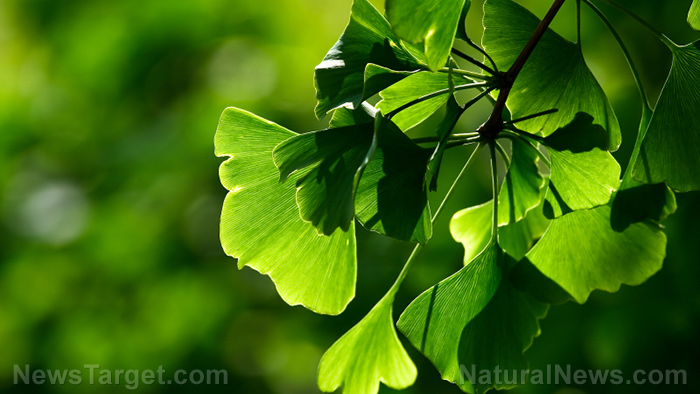Ming aralia found to be an effective traditional remedy for asthma
12/05/2018 / By Edsel Cook
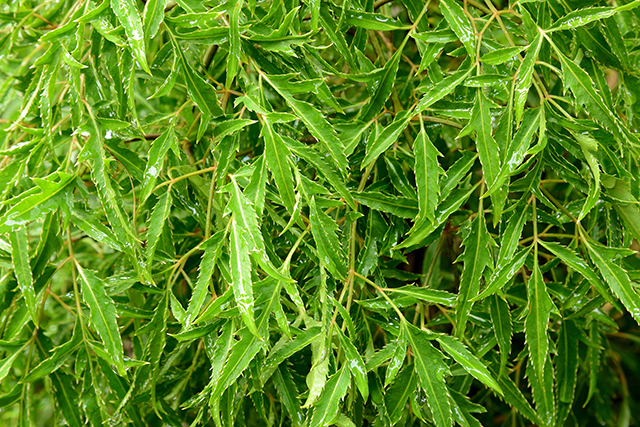
Ghanian researchers evaluated the Ming aralia (Polyscias fruticosa), a local medicinal plant that is used to treat asthma in folk medicine. In their animal model of asthma, they found that the leaf extract of the shrub was able to alleviate asthmatic symptoms in guinea pigs.
The University of Cape Coast lent its support to this experiment. The findings were published in the science journal Pharmaceutical Biology.
- Guinea pigs received 0, 100, 250 and 500 milligrams per kilogram dosages of extract. The animals were sensitized with OVA before being given acetylcholine or histamine to induce bronchospasms.
- In addition to ming aralia extract, atropine, and mepyramine were also given to the animals. Their effects on the contractions caused by acetylcholine and histamine on the ileum of the guinea pig were evaluated.
- The peritoneal mast cells were examined for cytological changes, while the mesenteric cells were studied for the histological changes. The results would determine the effect of the extract on artificially-induced mast cell degranulation.
- All doses of ming aralia extract extended the start of pre-convulsive dyspnea and sped up the time it took to recover from bouts of the attacks. It also increased the protection against histamine-induced bronchospasm and likewise reduced the recovery time anywhere.
- The extract stopped a lot of the contractions caused by histamine. It also greatly prevented the degranulation of mast cells.
Based on their findings, the extract of ming aralia offered potential value in treating asthma. It accomplishes its anti-asthma and antihistamine effects by stabilizing mast cells.
This site contains the full version of the study.
NaturalCures.news has more stories about the medicinal uses of ming aralia.
Journal Reference:
Koffuor GA, Boye A, Kyei S, Ofori-Amoah J, Asiamah EA, Barku A, Acheampong J, Amegashie E, Awuku AK. ANTI-ASTHMATIC PROPERTY AND POSSIBLE MODE OF ACTIVITY OF AN ETHANOL LEAF EXTRACT OFPOLYSCIAS FRUTICOSA. Pharmaceutical Biology. 2015;54(8):1354–1363. DOI: 10.3109/13880209.2015.1077465.
Tagged Under: antihistamine, asthma, asthma management, asthma relief, atropine, herbal medicines, Herbs, ming aralia, natural cures, natural medicine, plantmedicine, traditional folk medicines

